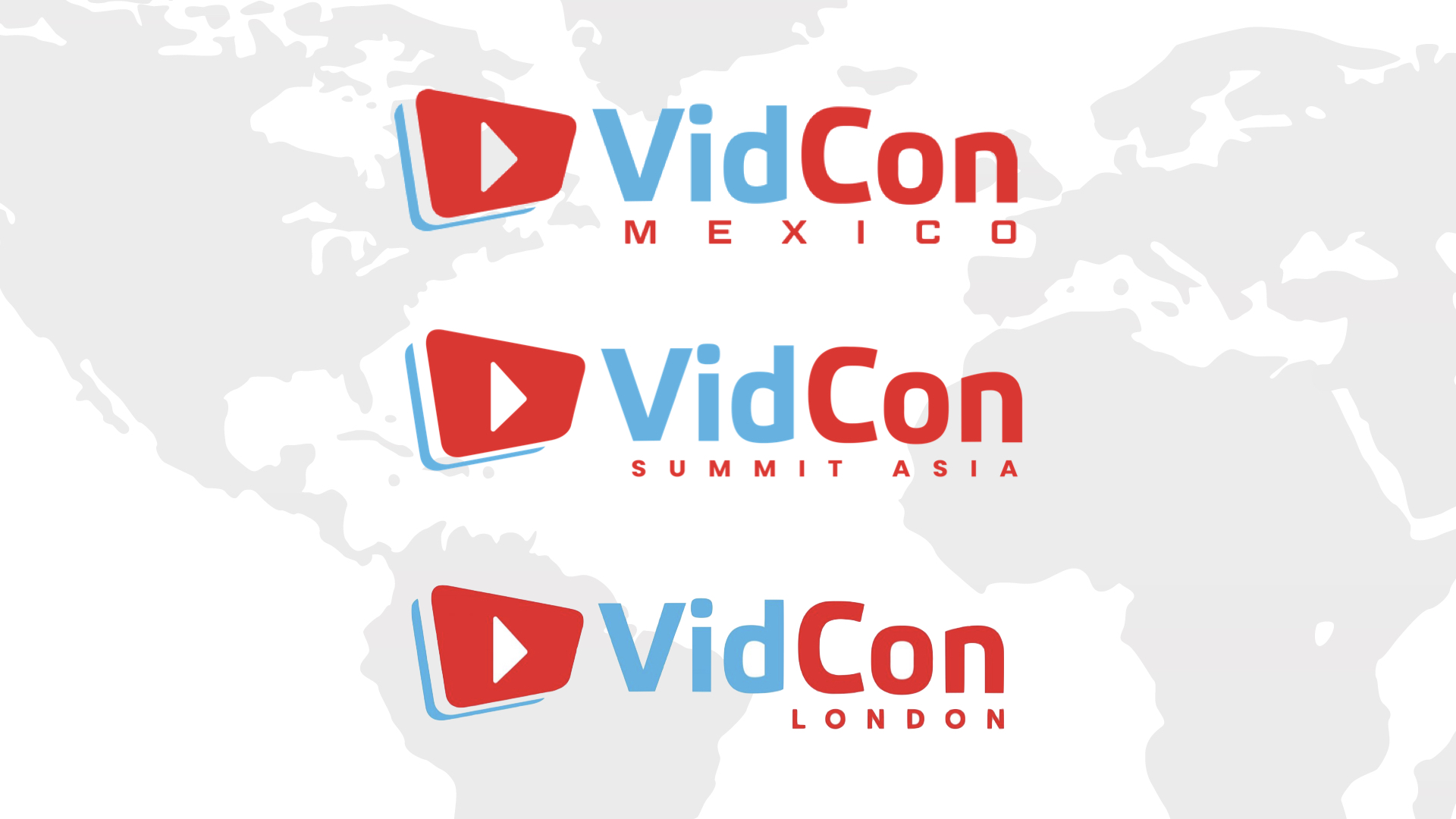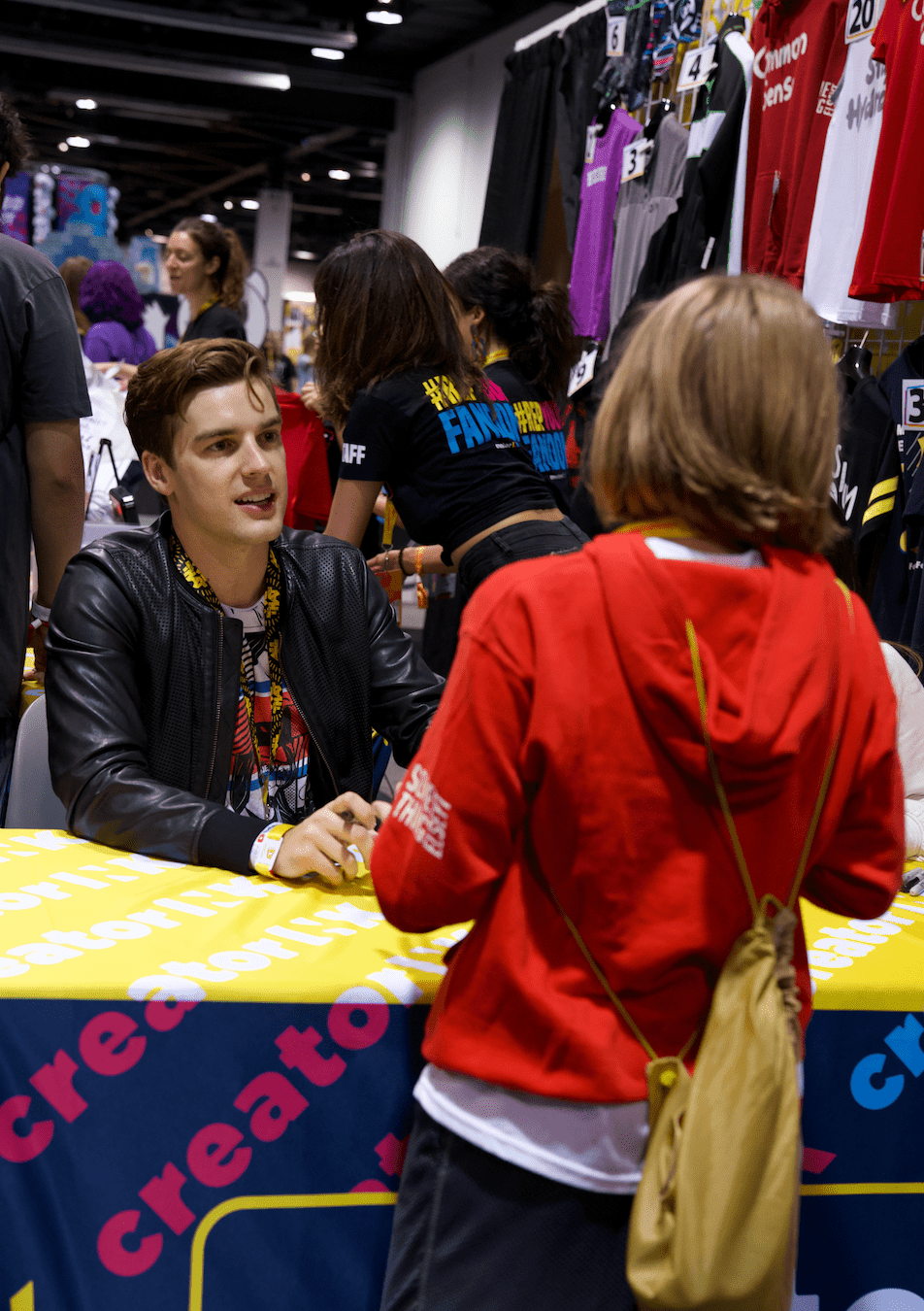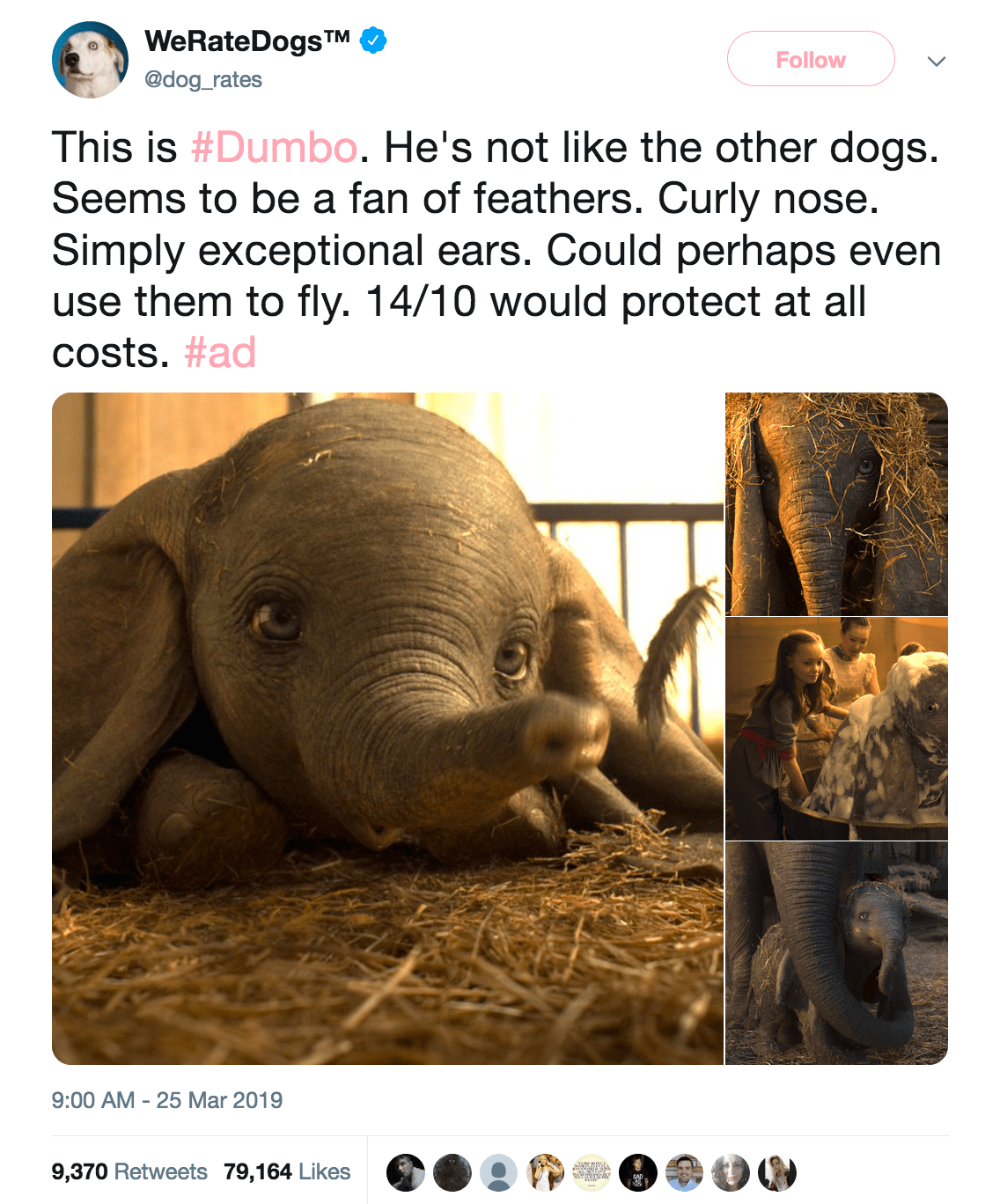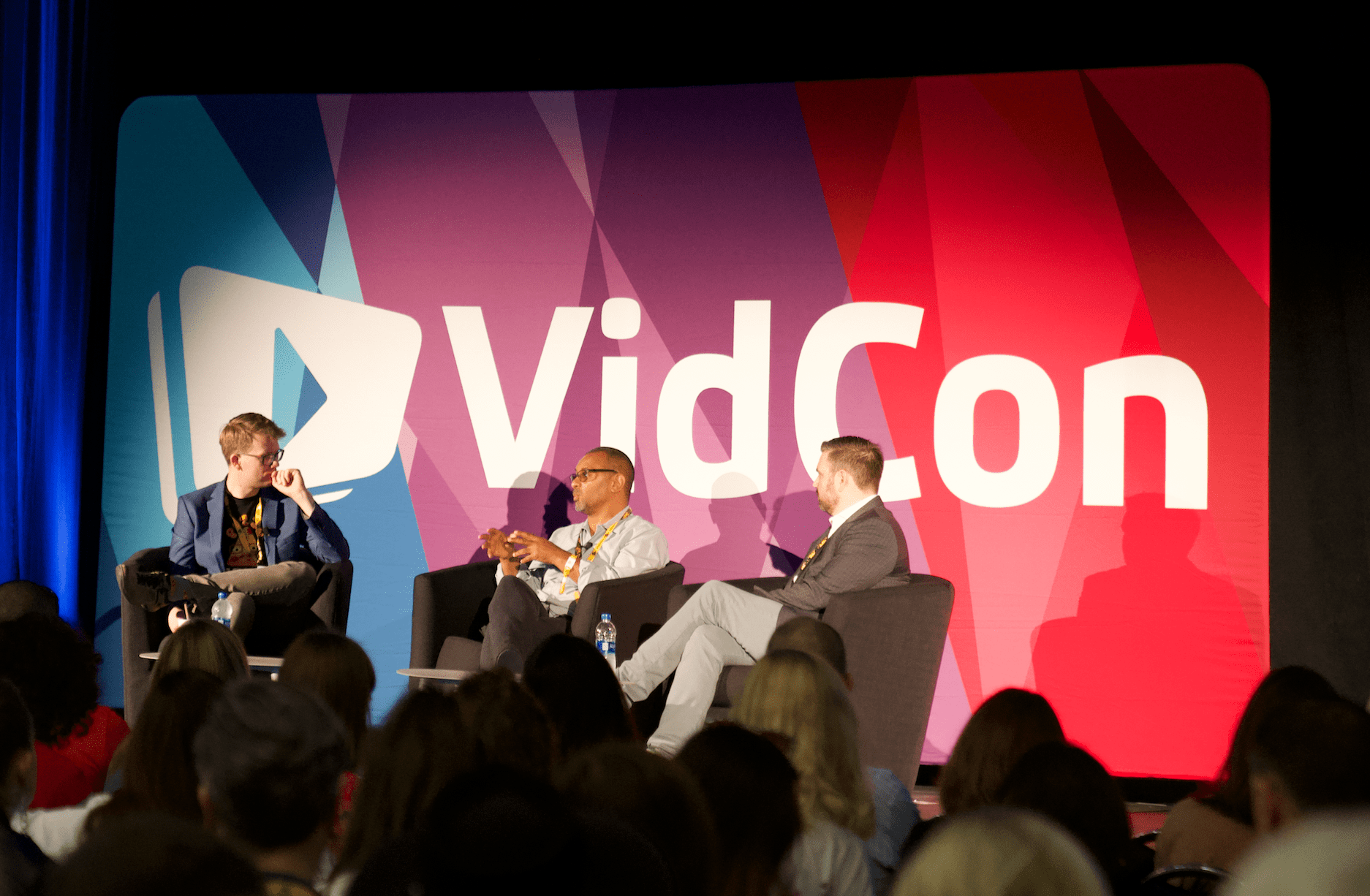VidCon, the online video convention held in Anaheim, CA every year, celebrated its ten-year anniversary last year celebrating the industry of all things online video. Started in 2009 by YouTubers John and Hank Green, the summit assembles marketers, agents, fans, (and of course, influencers) for four days of tip-swapping, relationship forging, and community building.
Since this year’s gathering was obviously postponed due to the pandemic, we thought it would be interesting to look back to the convention last year to see how the industry had evolved to that point and see how far it has come even one year later.
Open Influence hit the floor for the Industry Track, where representatives from all the major platforms including YouTube, Facebook and more spoke on the latest ways to utilize their products. Whether it was Pinterest showcasing a brand new analytics tool, or YouTube unveiling the release of Super Stickers, there were plenty of big announcements to go around. As a platform-agnostic company (we believe there are opportunities to leverage influence on every app), we couldn’t be more excited!
So what were some of the macro trends at VidCon? Well, obviously video has changed drastically in just a decade (when YouTube was the only platform in town) and VidCon celebrated its past by looking towards its exciting future. Let’s get started!
VidCon Goes Global
First and foremost, video has officially conquered the world. Creators from every nation are partnering with brands and demonstrating their creativity in fresh, culturally-relevant ways. One such country is China, where influencers are paving the way on emerging platforms like Tik Tok, which has made Tik Tok influencer marketing a gigantic step forward for the industry.

VidCon is spreading across the globe – we hope to see everyone again in 2021.
The short-form video platform, which blossomed in the Chinese market, is now sweeping across the United States like wildfire. But it’s not the only platform in town – China has also produced the popular WeChat and Weibo, valuable entry points to this lucrative demographic.
For every global influencer agency, this presents a tremendous opportunity. With the right tools (such as our proprietary technology), brands can leverage influencers to achieve relevance at scale. By tapping into the authentic voices of creators around the globe, brands can tailor their messages to any community imaginable, wherever they may be.
Small Screens Influence Big Creative Decisions
Every major platform flexed their video muscles this year, including a few less-obvious ones such as the text-focused Twitter or the pic-centric Pinterest. But as we saw, there’s no such thing as a one-size-fits-all solution when it comes to creating content for the small screen.
Whether it’s Pinterest’s silent, information-based video Pins, or LinkedIn’s new live broadcast feature, creators are finding unique ways to make the most of video within the platform’s individual constraints.
As Ogilvy’s Head of Digital Robert John Davis put it, “brand guidelines and lock-ups accidentally add cost and misery.” Instead of sticking to strict design rules, marketers should think strategically about how to optimize content for each platform. For example, YouTube features an impressively robust native captioning system, which already knows the optimal size for mobile devices. Why damage an otherwise great piece of content with tiny, impossible to read text?
As you can see, creativity matters, and even the tiniest details can make a big impact. But with so many platforms out there, each with a unique identity, strategic partners (such as a platform-agnostic company like Open Influence) can make all the difference.
It seems the old adage holds true – the medium really is the message.
Influencers as Business Partners – Building Lasting, Healthy Connections
Video creators have come a long way in a decade, and so have their relationships with brands. Influencer marketing brought the human element back to advertising, but the bountiful commercial opportunities have unfortunately left some creators feeling burnt out.
Matthew and Stephanie Patrick, of the much-beloved Game Theory YouTube channel, lead a discussion on how and when to invest in longer, more strategic partnerships with influencers.

Matthew Patrick of the beloved Game Theory channel.
“You can’t think of content creators as stocks that you can just lend some money and wait for returns,” Patrick mused. “You want to think about the long-term, whether or not an influencer is right for your brand, and will grow with you.”
One critical way brands can work best with influencers is trust. As we saw during Twitter’s keynote address, trusting creators to use their own voice results in stronger relationships and, more importantly, better content. Just take a look at the WeRateDogs Twitter account – the owner of which we were lucky enough to hear from during Twitter’s presentation – and its recent collaboration with Disney to promote Dumbo.

Video Podcasts, Live Streams, Vertical Scripted Content – The Many Faces of Video
We’ve enjoyed over 14 years of video on legacy platforms such as YouTube, but it’s come a long way since then. Traditional video still has a home, but marketers must become well-versed in the many emerging formats if they want to stay one step ahead.
For example, co-founder Hank Green touched on the explosive rise of video podcasts this year. Podcasts have given birth to a new breed of influencer, and brands are quickly realizing the power of audio to drive results. But fret not, video lovers. Green was quick to point out that a wide array of podcasts are still consumed via – you guessed it – YouTube.

VidCon co-founder Hank Green on the growth of video podcasts.
When it comes to short form video, don’t even think of turning your phone sideways. Snapchat unveiled a slate of scripted, vertical-only shows from top influencers. As The Verge pointed out, platforms such as Snapchat and Instagram have been wooing creators with more robust features.
So what are the new trends to watch for in influencer video marketing?
But enough about scripted content – let’s live a little. Don’t brush off the live video trend that’s been slowly building as platforms such as LinkedIn invest further in the format. Live streams might be associated with eSports and gaming, but as LinkedIn’s Peter Roybal pointed out, B2B marketing opportunities abound when it comes to broadcasting your brand. It’s one of the reasons the business-focused platform has buffed its live features, unrolling a beta version of LinkedIn Live earlier this year.
We look forward to seeing new trends the next time Vidcon is able to physically put on a trade show.

